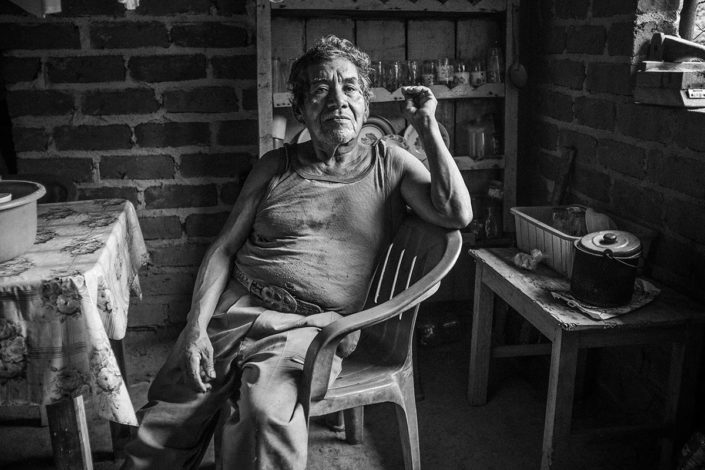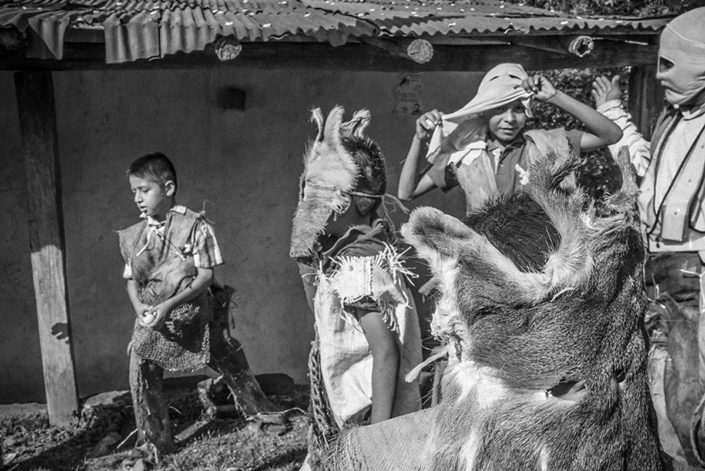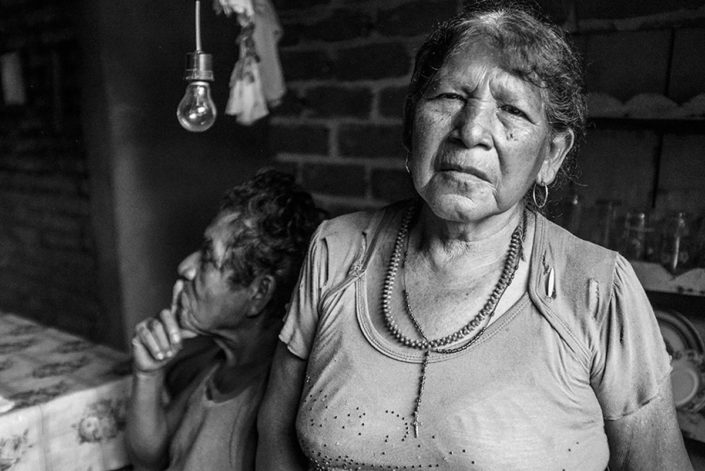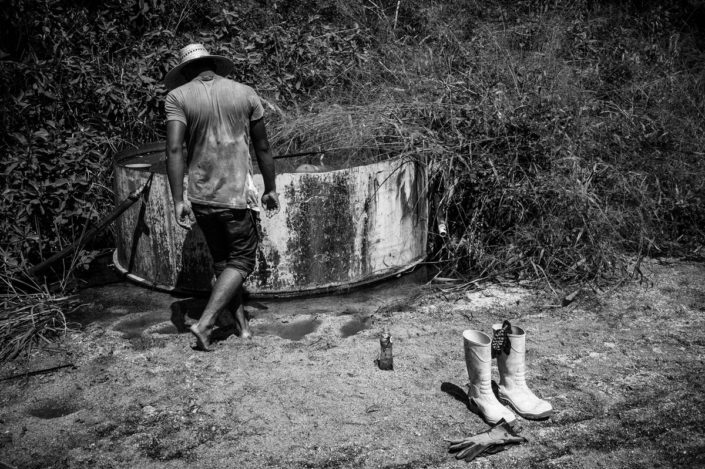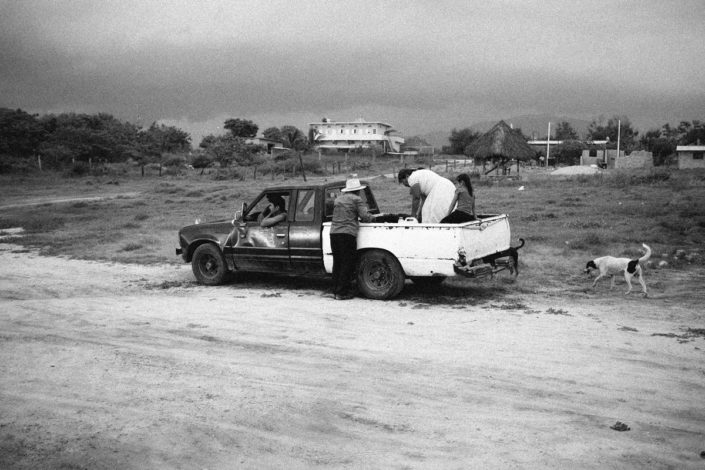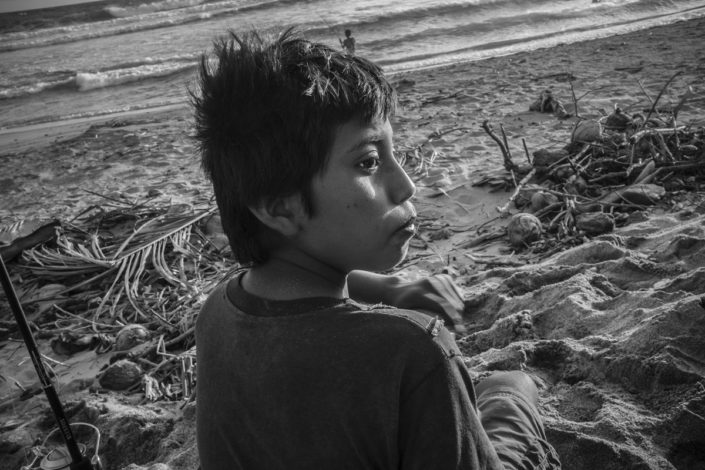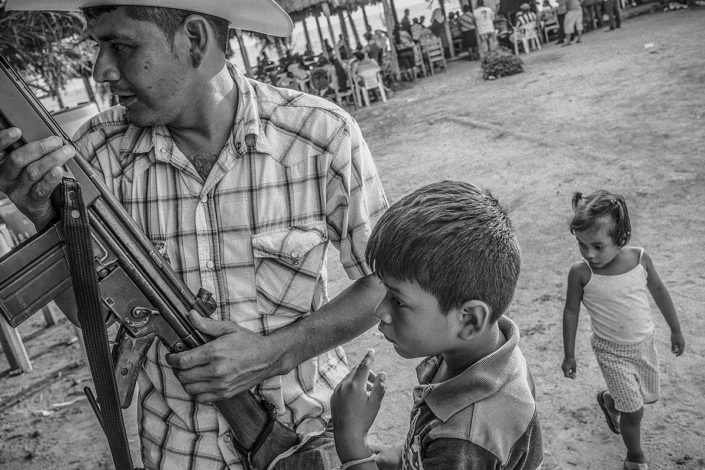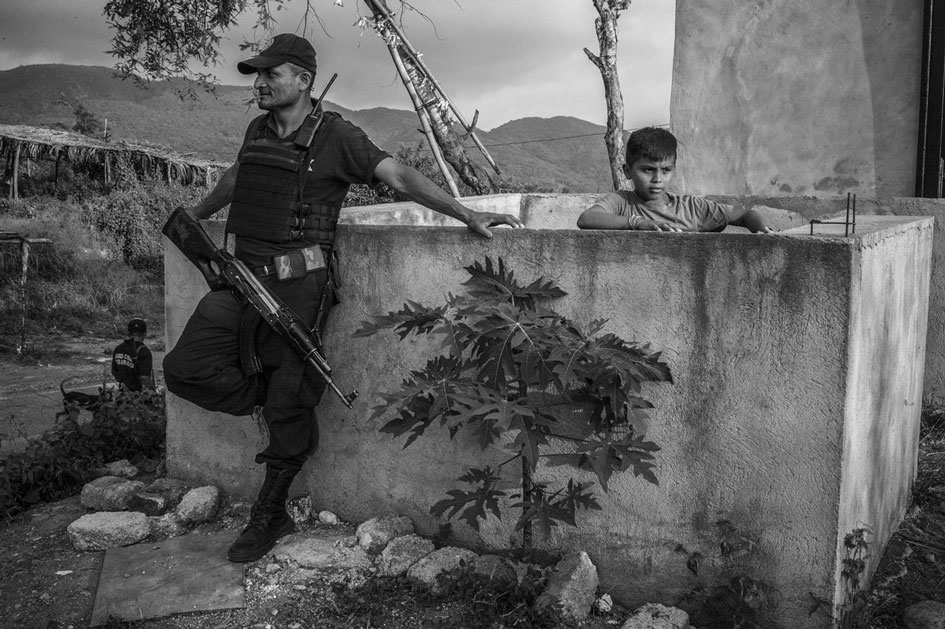
Warning: count(): Parameter must be an array or an object that implements Countable in /data/49/4/69/159/4721322/user/5594484/htdocs/site/wp-content/themes/enfold/config-templatebuilder/avia-shortcodes/av-helper-masonry.php on line 349

Santa MarIa de Ostula
This project is a detailed look at the indigenous, semi-autonomous municipality of Ostula (Santa Maria Ostula). Located on the largely undeveloped coast of Michoacan in southern Mexico, the area is known for violent drug cartels, transnational extraction and tourism industries at odds with a strong indigenous Nahuatl culture with vast land holdings. Ostula has been targeted by powerful interests who wish to dispossess them of their territory. Between 2006 and 2014 the notorious organized crime outfits ‘la familia Michoacána’ and ‘los caballeros templarios’ began operations in Ostula. Ranchers from neighboring municipalities, supported by these groups, began encroaching upon Ostula’s homelands. Speculators from mining conglomerates Ternium, Hylsa, Sicartsa, and Metal Steel scouted mineral rich locations. During this period they unlawfully secured 38 massive geographic concessions for future exploitation in Ostula.
In 2009 Ostula started organizing to put a stop to the intrusions. Their first step was to organize a rural, autonomous police force with members exclusively from the community. This force began with farmers armed with vintage hunting rifles and machetes and (eventually) modern weapons confiscated from organized crime. Their next step was to recover land, an approximate 2,500 square acres that had been illegally occupied. The response was immediate. From 2009 to 2014, in a community of only two thousand inhabitants, 41 community land rights activists were murdered. Official complaints were lodged with the Inter-American Commission on Human Rights (IACHR) of the OAS. The IACHR repeatedly requested the Mexican government to ensure safety and justice for Ostula. Both Ostula and the IACHR have been ignored. Over the next three years Ostula suffered further violence and assassinations. In one instance, during a peaceful protest, a 12 year old boy was accidentally killed when the Mexican military opened fire. Nobody has been held responsible.
Despite such setbacks, Ostula persisted. In 2014 Ostula succeeded in its most important goal. Organized crime left and the armed conflict ended within the territory’s boundaries. This is a feat achieved in very few areas of Mexico.











